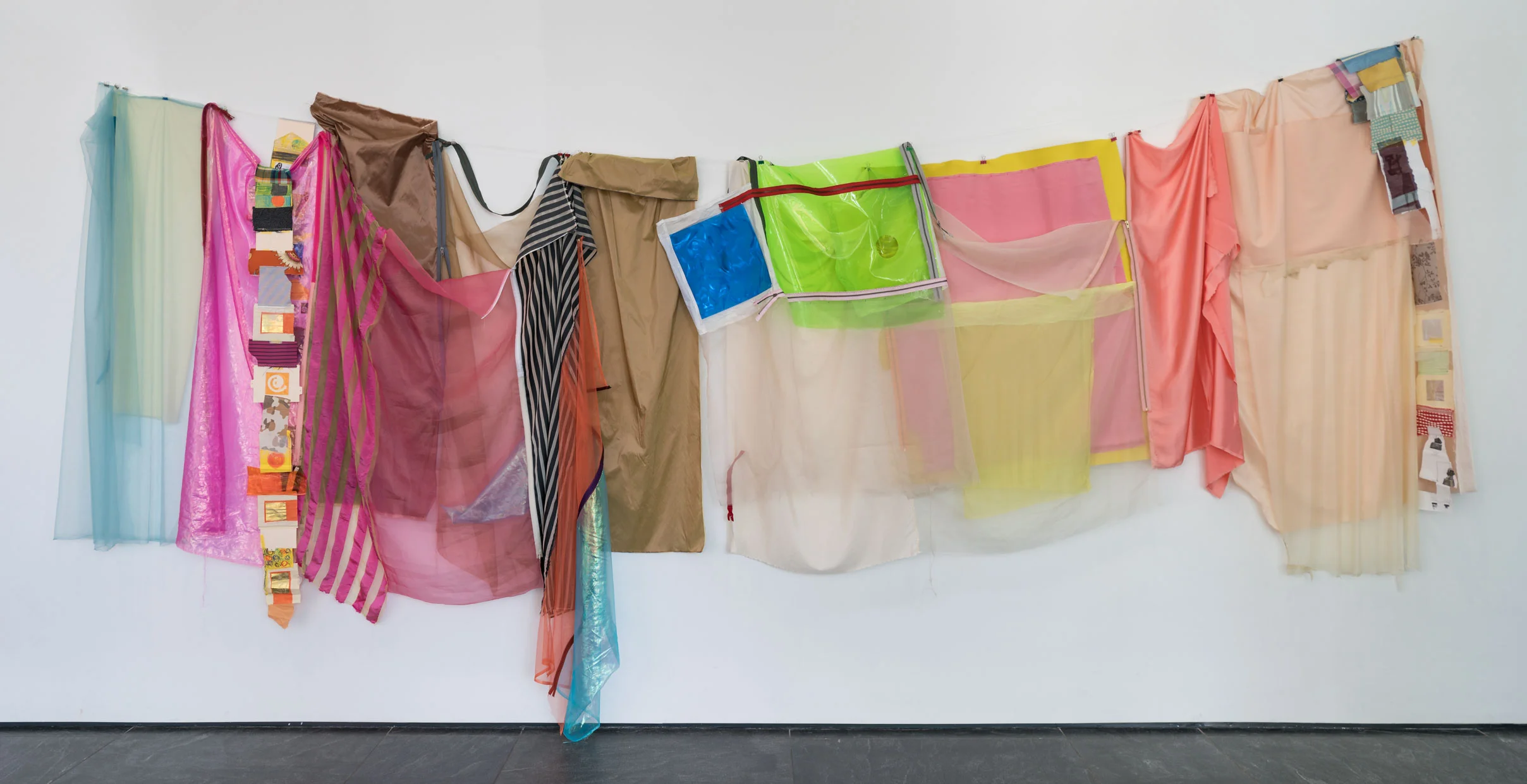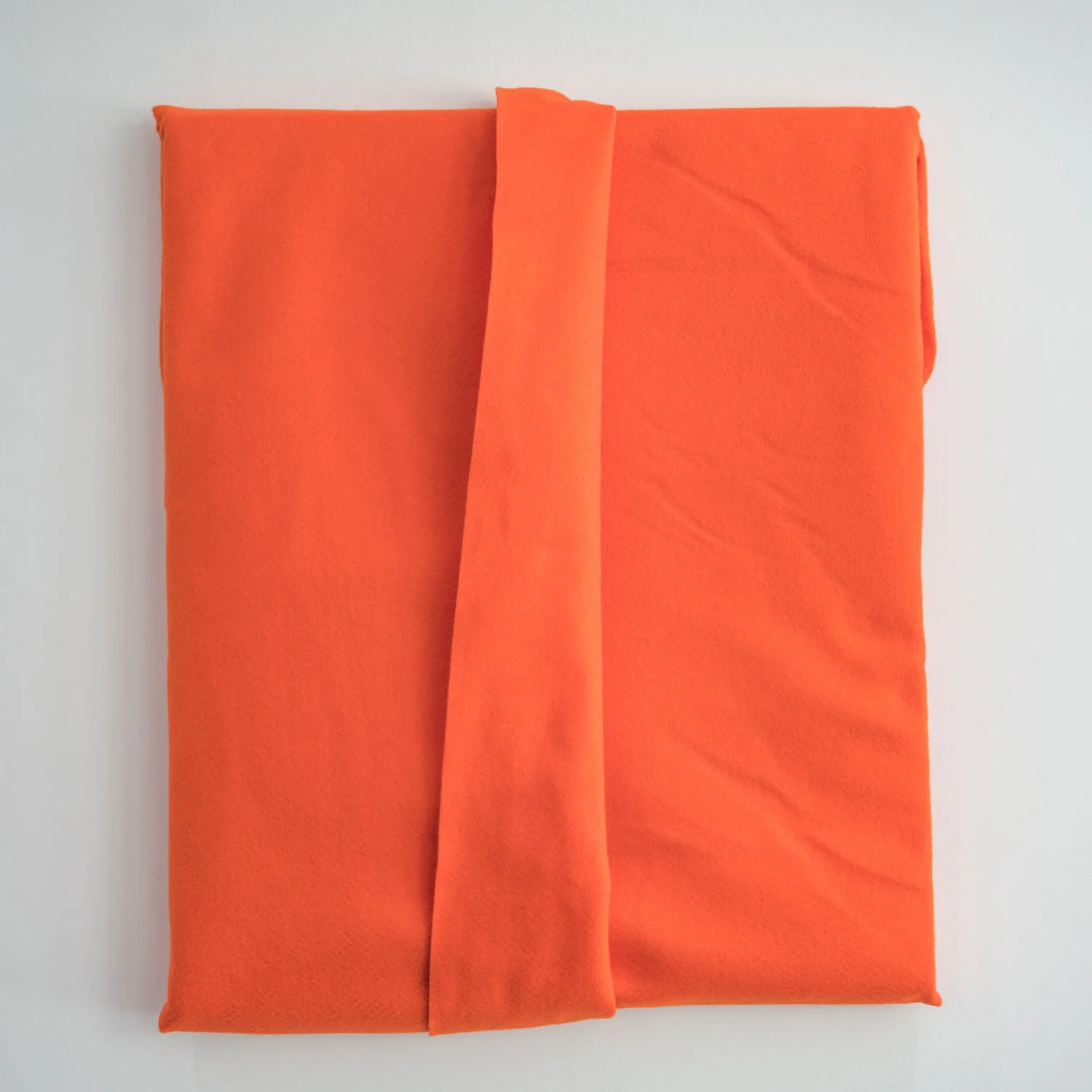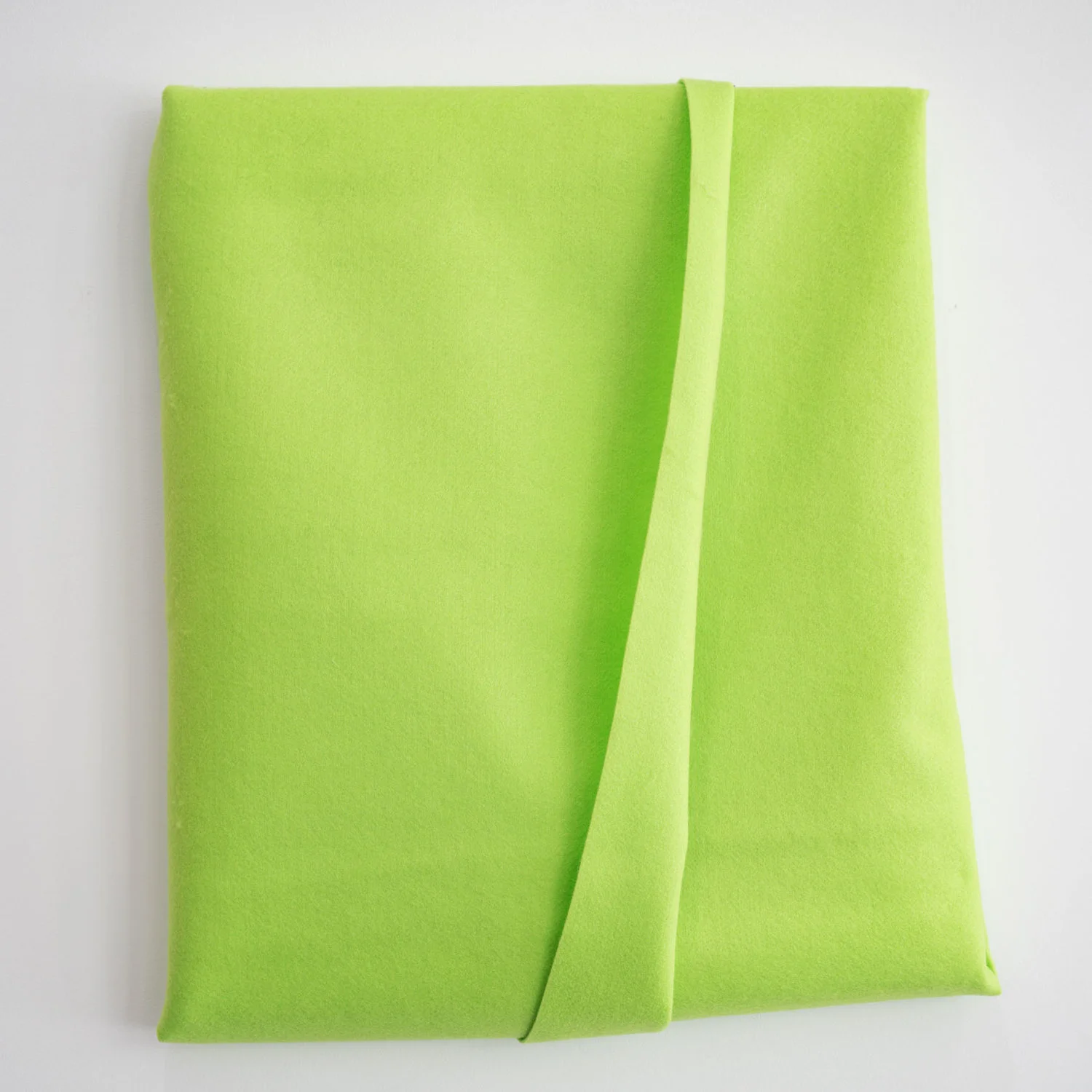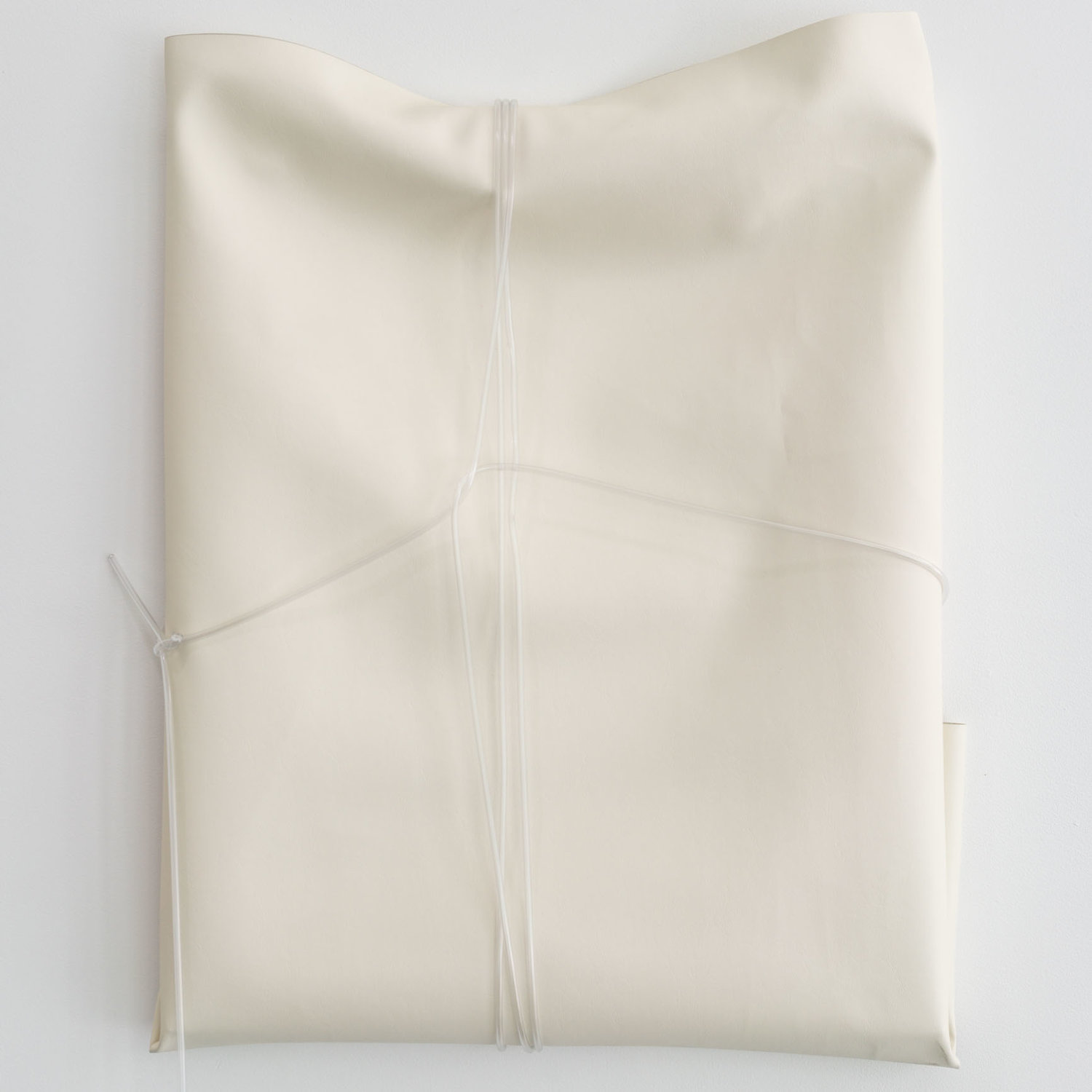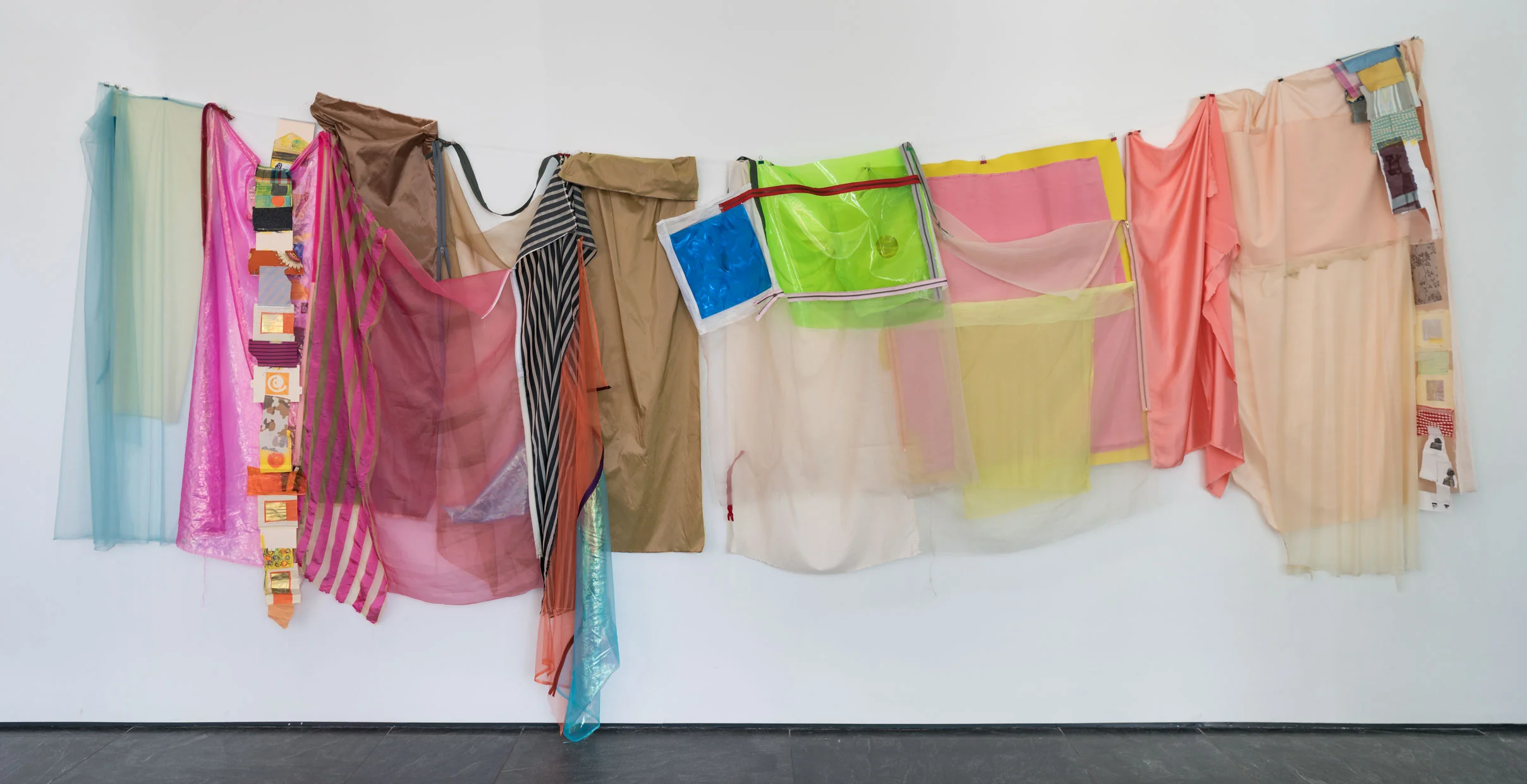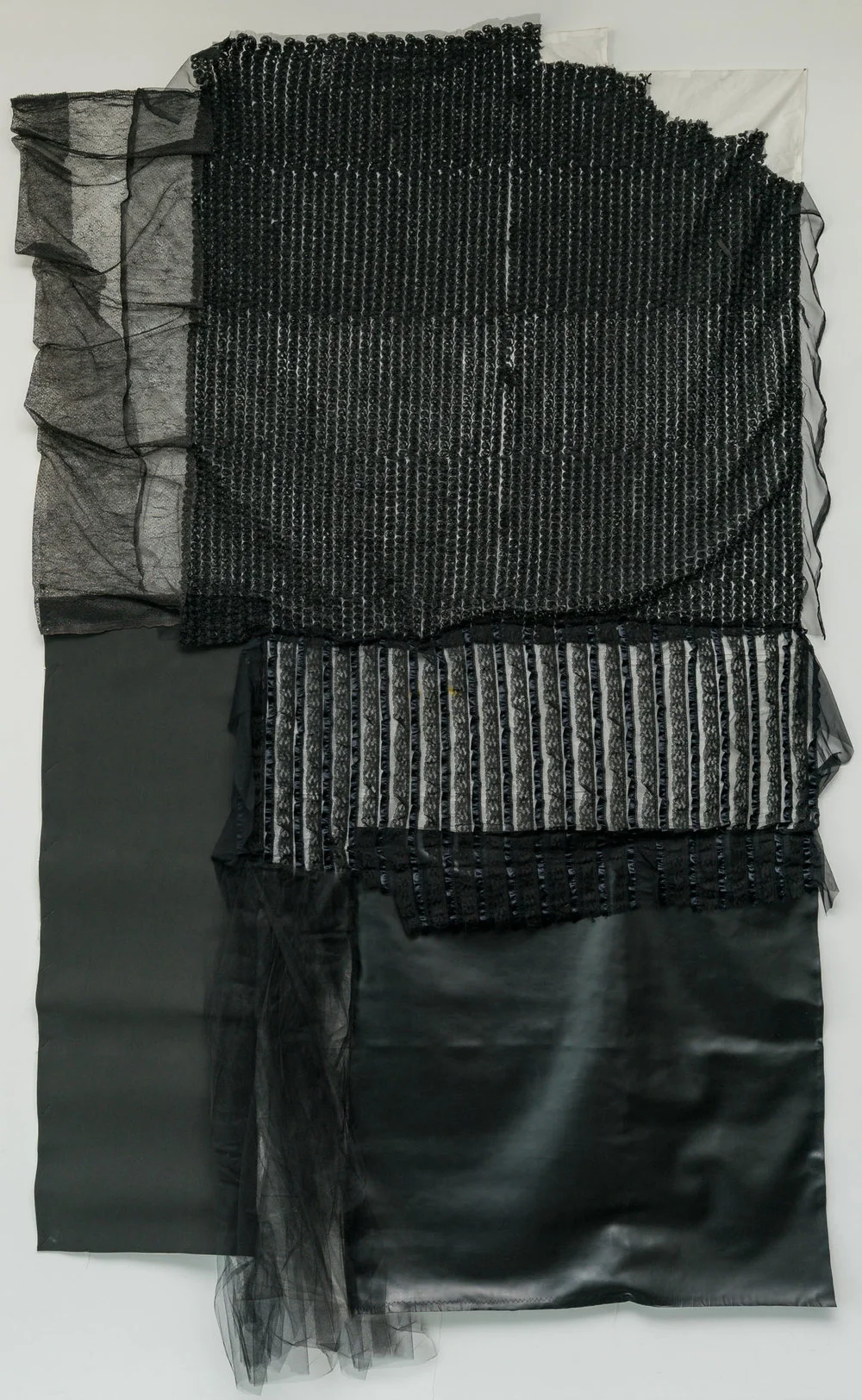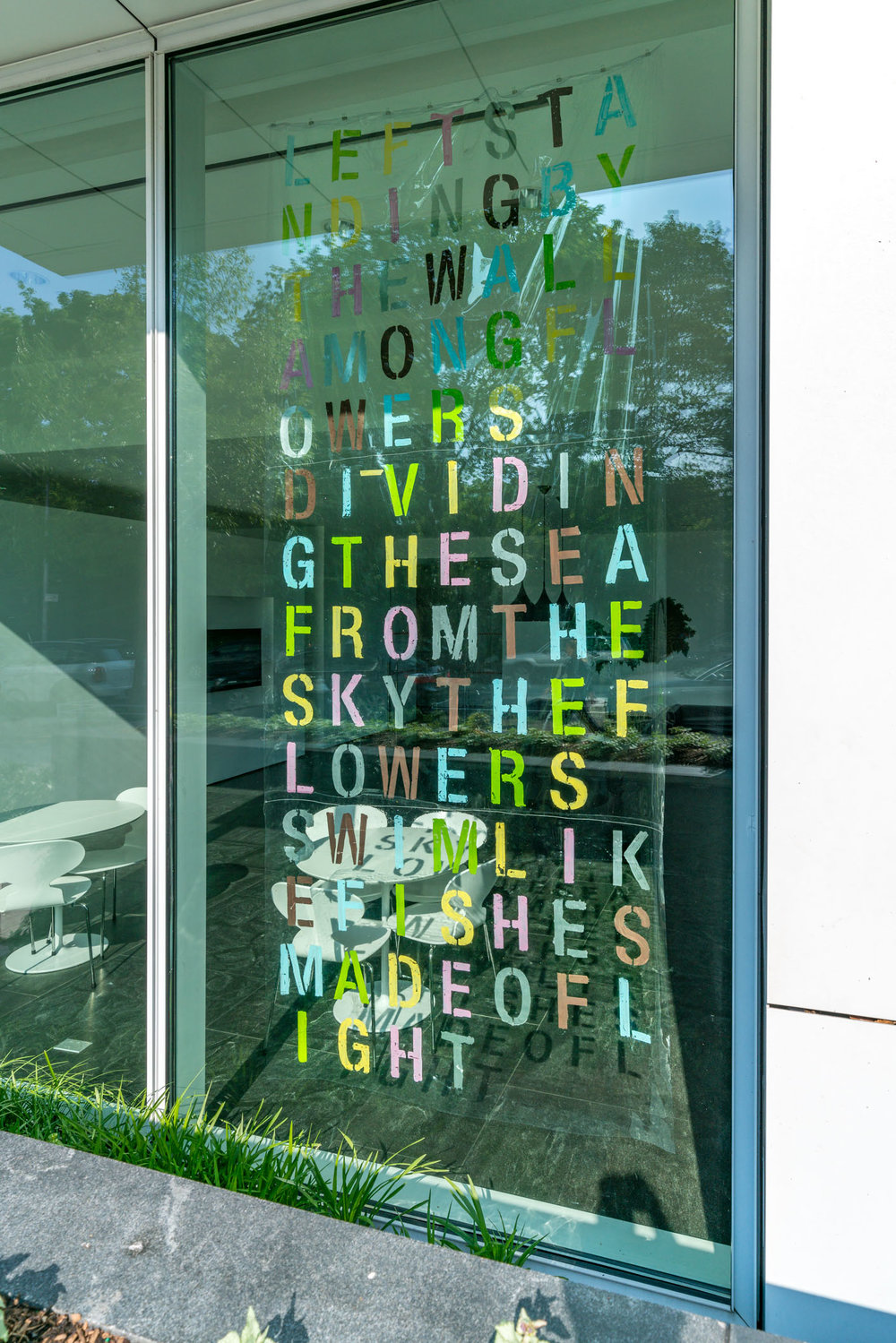Marc Lafia
Making Sense
April 29 - September 26, 2018
Love After Love, 164 x 64 x 3 inches, charmeuse, rubber, silk, latex, chiffon, gauze, zippers, crepe de chine, 2018
Marc Lafia (b. 1955, Philadelphia) has taught in the graduate schools of Stanford University, the San Francisco Art Institute and Columbia University. He has won numerous awards as an information architect, music video conceptualist and has exhibited experimental and long form films internationally. His work has been at the Tate Modern, The Whitney, The Walker Art Center, The Pompidou, The Minsheng. The ICC Japan, Rotterdam, ZKM and the Shenzhen Sculpture Biennale. He is author of Image Photograph 2015 and Everyday Cinema 2017 published by Punctum Books.
Photographed by: Dario Lasagni
Marc Lafia is a Brooklyn-based, multi-disciplinary artist whose work examines network culture and the ways it changes our relationship to our memories and our bodies, from one of representation to presentation. Lafia began his career as a sought after writer, conceptualizing music videos like Madonna’s, “Express Yourself”, and Michael Jackson’s, “Black and White”. In the 1990s he shifted his focus to visual art, consulting on projects for the Tate Britain and MoMA, and authoring an internet work Lara Croft Stripped Bare by Her Assassins, Even (The Memex Engine 1999). While the artist’s cyberpunk works from the 1990s were built of code and screens and interactivity, his new combines use ordinary fabrics and plastics and are reminiscent of sculptures from the 1970s by artists like Eva Hesse, Robert Morris, and Richard Tuttle.
In a special installation for the gallery, Lafia’s diaphanous floor to ceiling panels are hung in the windows of the Richard Meier designed building facing Grand Army Plaza. Material Futurist, and Meet Authentic Beauty, are made of plastic, gauze, and chiffon and recall Mark Rothko’s ethereal landscapes with their carefully stacked bands of pinks, blues, grays and greens. Placed close to the glass, the partitions usher in sunlight, beaming rich hues into the interior gallery with continuous changing effects. Such a spectacular light show is reminiscent of the stained glass illuminations in the futuristic cathedral by Antoni Gaudi, the Sagrada Familia (1882).
Lafia’s techno-social concerns are most apparent in super sensual works like The Seeing Behind the Eyes (polyester, latex, brass zippers, organza), and Surfing the New Moon (latex, lamp paper, tubing, lanyard, threads). The fabric edges of these works are rough cut, and their conjoining seams are loosely sewn along folds and peripheries. The sartorial configurations, gently hanging against the wall reference actual clothing and seem almost wearable. The tension of wanting to discover the work through touch, to insert the body directly into the work itself – and knowing one cannot -- creates a kinky denial of pleasure. A Fistful of Firsts (pink latex, wire frame, paper, and 5 plastic hoses), has a hot pink rectangular background with a tied bow in the middle. Its scale and decorative quality relates to fashion on the one hand, and the tech world on the other, as the shape evokes a hardware box whose tubes are digital pathways. The candy colored, shiny surface conjures the sexiness of sleek tech toys like the iPad, which through marketing efforts, promises to bring our digital and biological selves into perfect coalescence.
Suzy Spence, Curator, New York, April 2018

